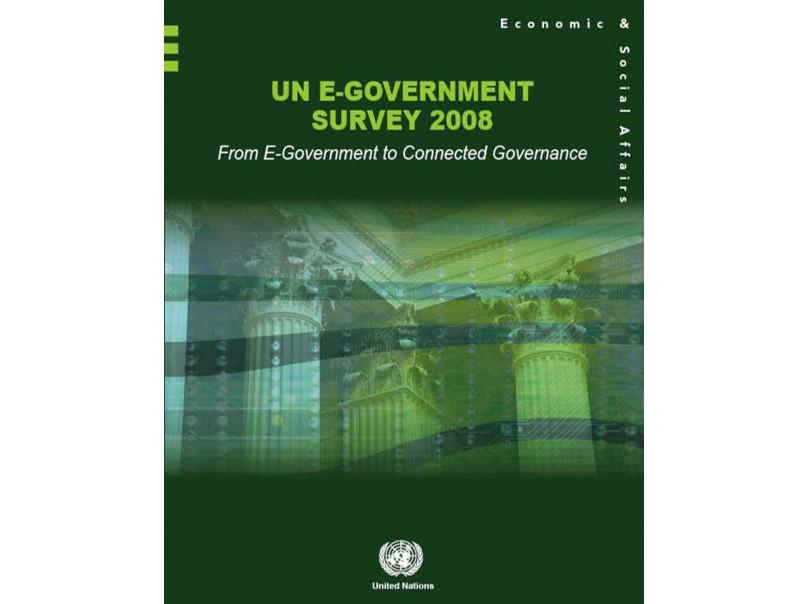The UN E-Government Survey 2008: From E-Government to Connected Governance assesses the E-Government Development of the 192 Member States of the UN according to a quantitative composite index of e-readiness based on website assessment, telecommunication infrastructure, and human resource endowment. ICTs can help reinvent government in such a way that existing institutional arrangements can be restructured and new innovative arrangements can flourish, paving the way for a transformed government.
The focus of the report this year, in Part II, is e-government initiatives directed at improving operational efficiency through the integration of back-office functions. Whilst such initiatives, if successful, will deliver benefits to citizens, the primary purpose is to improve the effectiveness of government and governmental agencies. Models of back-office integration, irrespective of the delivery mode, fall into three broad categories: single function integration, cross functional integration, and back-office to front-office integration. The level of complexity, expressed in terms of the number of functions within the scope and number of organizations involved, is the primary factor influencing a successful outcome - with a tendency amongst the more ambitious projects to fail to deliver the full anticipated benefits. The key variables involved in the delivery of back-office integration are the people, processes and technology required.
File added date: August 2021
Author: UN DESA/DPIDG
Download Publication: English
URL: https://publicadministration.un.org/en/Research/UN-e-Government-Surveys
 Welcome to the United Nations
Welcome to the United Nations
